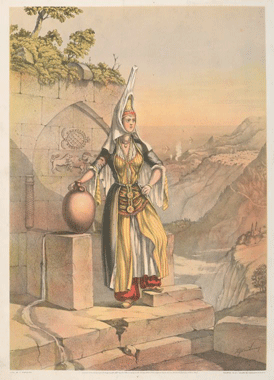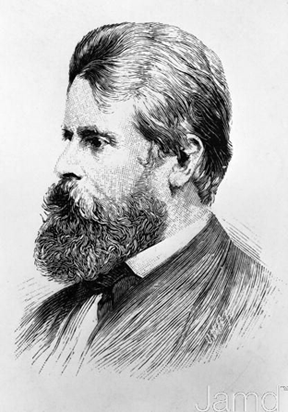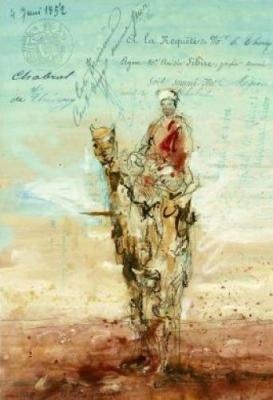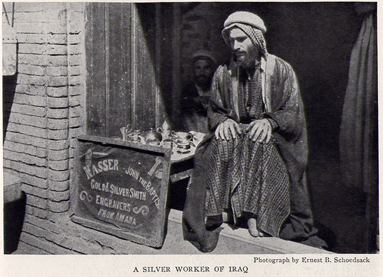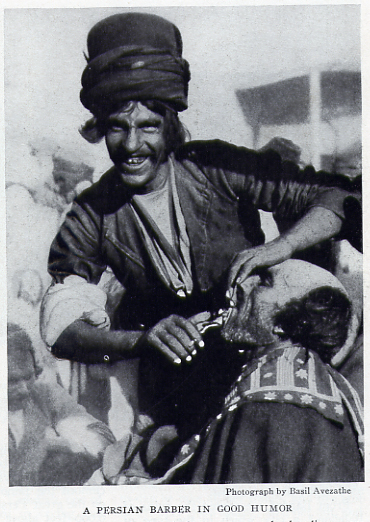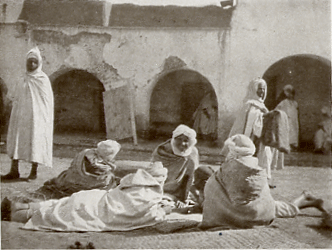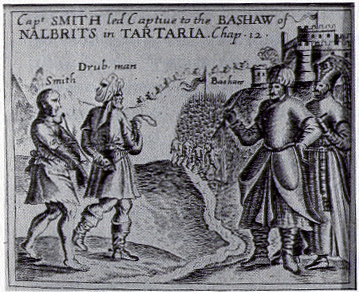
John Smith led into captivity to the Bashaw of Nalbrits by a “Drub-man†(interpreter). From The True Travels, Adventures, and Observations of Captaine John Smith, in Europe, Asia, Affrica, and America, from Anno Domino 1593 to 1629. London, 1630.
by Timothy Marr
Islam has figured in the fashioning of North American cultural definitions since as far back as the first years of European settlement. Inaugurating instances in colonial British America can be seen through brief biographical sketches of the Virginian leader John Smith and the Quaker preacher Mary Fisher.…
John Smith gained experience and credentials fighting Turks in Ottoman Europe well before he ventured across the Atlantic and he prided himself as a hearty crusader against the Muslims. After successfully launching incendiary devices against the Turkish armies in Hungary, for example, he reveled that “the lamentable noise of the miserable slaughtered Turkes was most wonderfull to heare.†Continue reading Captain John Smith and the Turks

